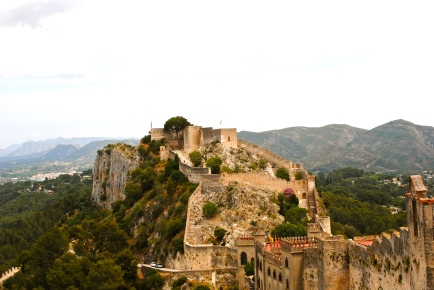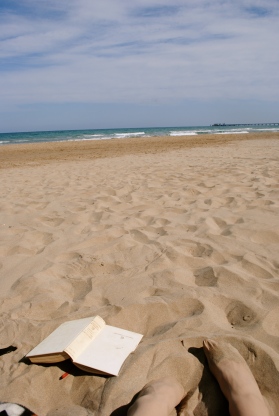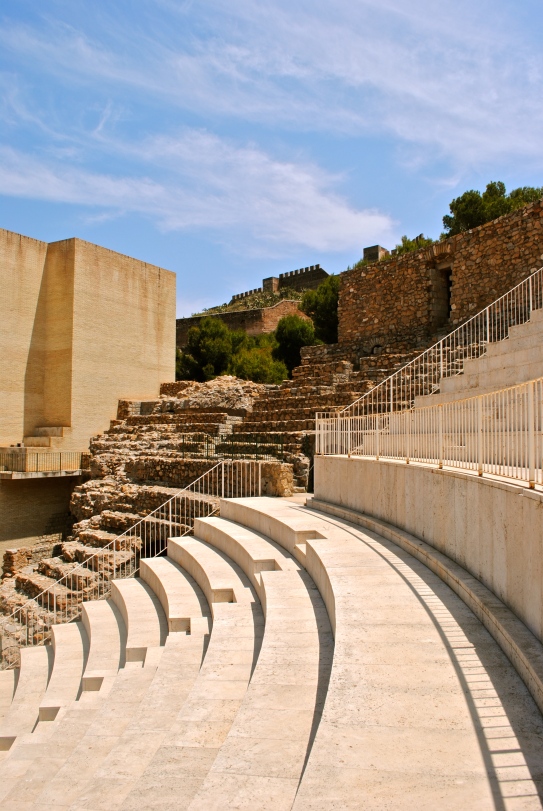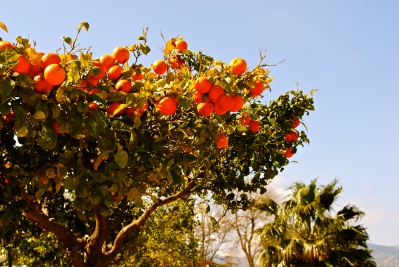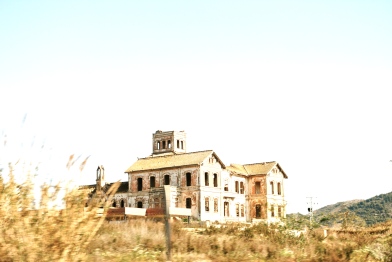
DAY 195
“All we do is hide so we can dig, and dig so we can hide!”
§ The Lion King §
Doing the same thing over and over again is one of my greatest fears. Going in circles, doomed to repeat yourself, your actions, your thougts, your life over and over again, is…terrifying. Hide so we can dig, dig so we can hide…circles, circles…even Disney realised this!
I once had a friend named Thomas. He was a TomTom. He was a terrible friend.
Never trust a GPS. I’m serious. Oh, they are so convenient, yes…for getting lost, that is.
When my family visited Andalucia (southern Spain) I, of course, wanted to visit them as well. So off I went. After picking me up from the airport, we tried to figure out how on earth we were going to find the American School of Malaga with a rented car, a whole bunch of signs in Spanish, a confusing set of interlocking Spanish highways and Tom.
Tom took us here and there and everywhere. We had a nice tour of Southern Spanish freeways, which in case you are wondering, are maybe not the most beautiful part of this country.
He especially liked the roundabouts. And when I say “liked,” what I really mean is “they confused the hell out of him but he kept on taking us to the blasted roundabouts.”
“Turn left on the roundabout (umm the whole point of a roundabout is that you can only go one way, RIGHT, as my father was fond of shouting), then take the 5th exit.” I’d bet my life that there wouldn’t even be a 5th exit. Sure enough, there were only 3 exits.
Spain itself has a strange fascination with roundabouts. So does England, for that matter. I can’t stand ‘em. I love driving, I love the flow, the rhythm of a moving vehicle. I love pressing the gas and just zooming along without changing speed. (According to my mother, this love of the rhythm of movement and moving cars started with infancy. I would cry unless in a car or a swing. Still love cars and swings, actually…). Well, those dang roundabouts really mess up the flow of driving. You have to slow down, jerk the wheel, curve the car around the stinking circle. Ahh the freedom of roads without roundabouts—one of the few things I miss about the States (along with Cheerios, Reese’s, instructions for cooking things in English, American commercials–the Spanish ones are so obnoxious!–and gas prices).
Well, poor Tom must have forced us to cross about 50 roundabouts (often the same roundabouts, he liked to take us back and forth and back and forth yay circles!), and I think he got it right about twice. Well, odds were with him that he’d eventually get it right.
We spent a lot of time shouting at the thing, cursing Spanish circles, and getting dizzy as we spun around the roundabout a second or even a third time, having a shouting match at which turnoff we should pick.
We must have passed this building 5 or 6 times. Which was good for me as I was quite fond of taking photos out the window. It is really neat—definitely built by the Moors. Spain is full of strange and interesting ruins—many of which are falling apart, forgotten and uncared for. The government is already making cuts right and left—who’s going to stop and pay for the upkeep of magnificent old dwellings like this one? I’m glad that, despite my loathing of roundabouts, the one benefit of heading up and down the same roads and highways meant I got to see the scenery several times. Most of it was fairly brown and dead and unattractive, but this building was worth it. Just wish it was in better repair. It’s sad.
We managed to get where we were going most of the time (never DID find that dang American School though), but by the end, we were all in agreement. Sometimes, newfangled is unnecessary, sometimes going old school, going back to the basics, is just better. Next time, we were bringing a map.
